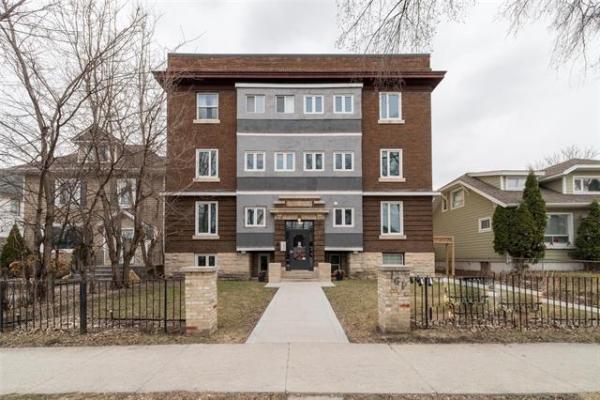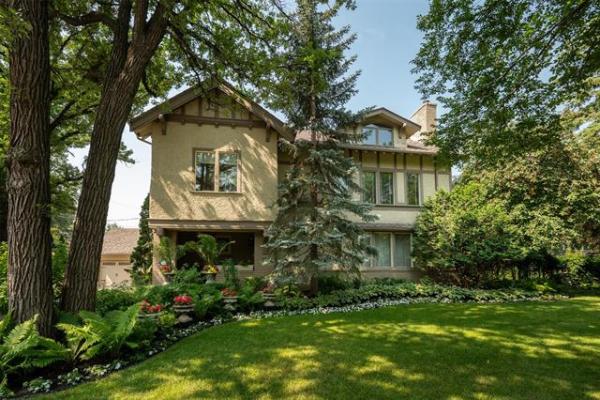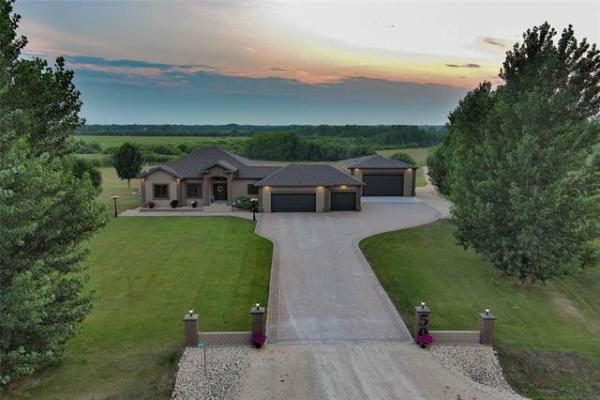I'M often asked how to green an older home -- how to improve its efficiency and make it more sustainable. If you are building a new home and building from the ground up, you can pretty much do whatever you want within your budget. But restoring an old home to high efficiency is more of a challenge.
Not everyone can or wants to tear down an old home and rebuild to new net-zero standards. There's beauty and heritage in an old home -- and they don't build them like they used to.
But old buildings lag behind today's performance standards.
They were built years ago, before the products, materials, technology and methods we use today were invented. They have aged -- they have cracks in walls, loose windows and doors -- and very likely have little insulation. All of that contributes to lost energy and air leakage.
Tearing down an existing old home and building new has the obvious advantage of letting you create a high-performance home, which is greener than what was there.
But we also have to factor in the waste created when we demolish homes. There is a lot of embodied energy in the house that exists and we should factor that in before we make a decision to tear a house down and start over. It would take decades to make up for the lost resources and embodied energy in a home that is demolished to make room for a new home.
I'm not sure if the reduced energy savings in the new home makes up for all that lost embodied energy. It might just be more environmentally friendly to work with the materials that already exist in the house, and improve its energy efficiency. It's certainly less wasteful to improve than to demolish and rebuild.
Sustainable building is durable -- it lasts a long time. Old houses are doing that because they've already lasted a long time. Let's take buildings that do exist, and green them up. Anything we are able to reuse is something we don't have to replace.
Another facet of sustainable building is high performance and energy efficiency.
Houses weren't built in the past with the environment in mind.
But how green can you go with an old home? How much can you reduce its environmental impact? The answer: a lot.
The first thing to do is to take care of the basement and the attic. They'll give you the most positive result, and are the easiest to access, assuming your basement isn't finished.
Cold air pushes warm air and it will come in at the lowest part of your house and push the hot air out through the roof. So you should finish your basement properly and create a thermal break to prevent cold air from getting in. It will also keep warm air from meeting cold, which leads to condensation.
You also should insulate your attic space above code and make sure there is good venting. You have to ensure the attic stays cold in the winter, and gets hot in the summer. It is not meant to be a conditioned zone.
I don't like recessed lights in an attic space as they give off too much heat and will warm your attic space in the winter. But, if you must have them, make sure you are using the right ones. They need to be in insulated boxes if they are in contact with insulation, with seals around them to prevent hot air from escaping into attic.
It's important that you stop air leakage around windows and doors and air movement between the conditioned and unconditioned spaces in your house. If you are tearing right back to studs, use closed cell spray foam and make sure there's a perfect seal on walls and between the living space and attic.
There are other things you can do:
-- Replace old windows with double glazed, low-e glass -- especially on the north and west sides of your home.
-- Add skylights to increase natural daylight and reduce need for artificial light.
-- Install low-flow fixtures and reduce your water use, reduce air conditioner use by using exterior awnings or strategic planting to shade your home.
-- Always use low-VOC products.
-- Use materials with recycled content or from rapidly renewable sources.
-- Most important, choose materials with long life spans, such as a metal roof over asphalt shingles or BluWood over regular timber.
-- If you've got a bigger budget, add geothermal solar panels and grey water reclamation systems. Any of those will pay you back over time.
What's really important is that we learn that buildings are not disposable. We need to start building with the future in mind. I want my house to outlast me. I want my sustainable house to leave a lasting impact, but not a big environmental footprint.
Catch Mike in his new series, Holmes Inspection, airing Thursdays at 8 p.m. ET/PT on HGTV. For more information, visit www.hgtv.ca.
For more information on home renovations, visit makeitright.ca.



